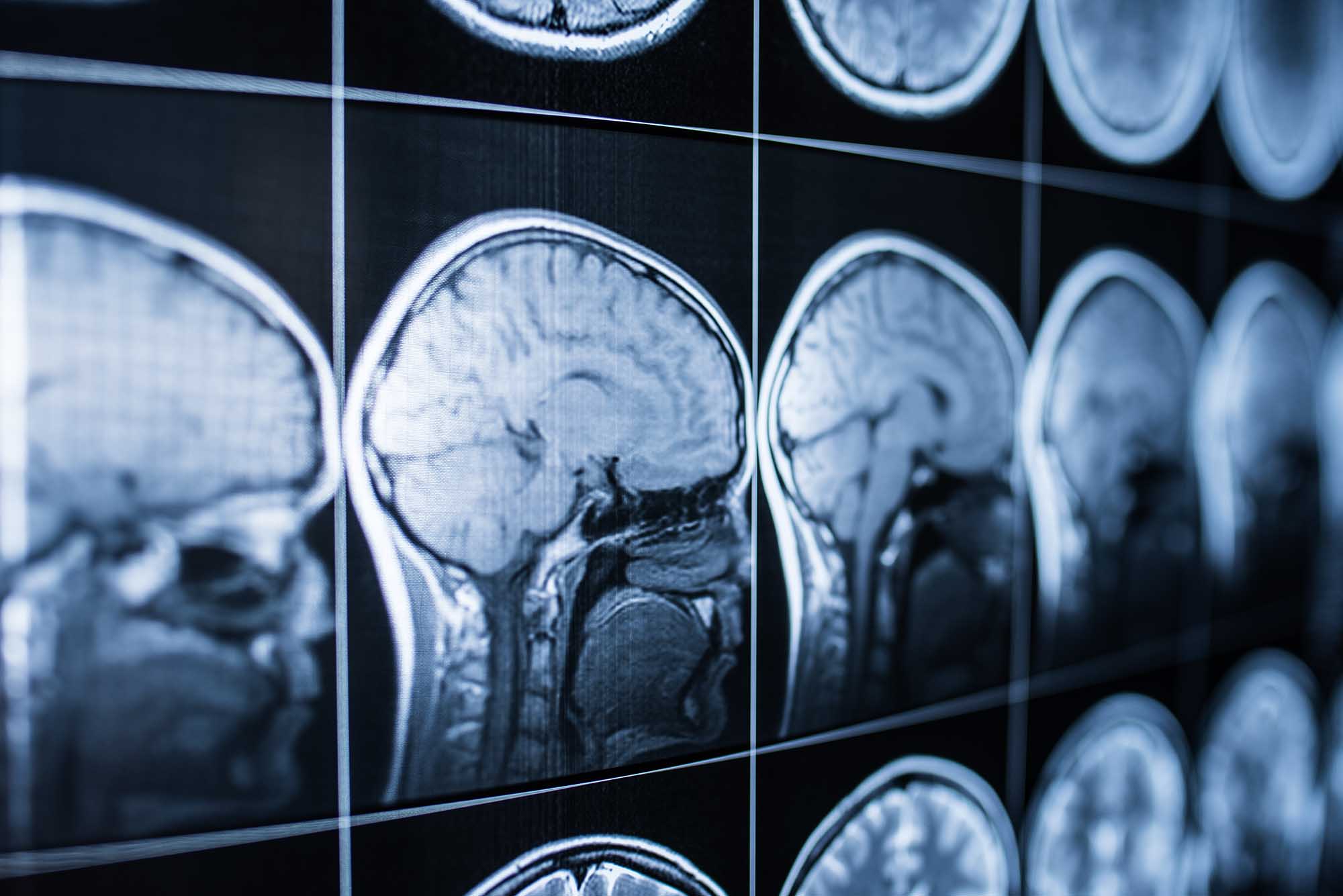Brain Injuries
On This Page

Brain Injuries
Traumatic injury to the head is classified according to the type of damages it causes to the skull. The three major categories are: closed head injury, depressed skull fracture and compounded skull fracture.
People with closed head injuries can be further separated into two sub-groups. The first is a simple concussion (with no discernible degree of structural damage to the brain), and those with destruction of brain tissue from injuries such as contusion, laceration, herniation or hemorrhage.
Loss of Consciousness & Medical Checks for Brain Injury
If there is brain damage, it can cause a person to become unconscious. An individual could have brain damage even if the person does not lose consciousness.
With a conscious patient, some of the things that the doctor does to determine whether or not there is any possible brain damage is to check the verbal response. Are they oriented? Are they confused? Do they use inappropriate words? Are they incomprehensible? Or is there no verbal response? On the eye opening, is it spontaneous? Does eye opening react to speech, to pain, or do they not open their eyes at all. On motor response, do they obey commands? Are there abnormal reactions to fluxion or extension, or is there no motor response?
The following neurological signs would require immediate neurosurgical consultation:
prolonged unconsciousness
any one-sided neurological deficit
progressive or intermittent
drowsiness after an alert period
convulsive seizures
inequality of pupil size
penetrating wounds of the head
evidence of a depressed skull fracture
mental confusion
light-headedness
dizziness
double vision, blurred vision or tired eyes
ringing in the ears
bad taste in the mouth
fatigue or lethargy
change in sleep patterns
behavioral or mood changes
trouble with memory or concentration
severe, persistent or worsening headache
repeated vomiting or nausea
seizures
inability to awaken
dilation of the pupils
slurred speech
weakness or numbness in the extremities
loss of coordination
increased confusion, restlessness or agitation
Signs in young children: persistent crying, inability to be consoled, refusal to nurse or eat.
Post-traumatic complaints of a head injury without concussion would include irritability, poor concentration, poor memory, and insomnia.
A concussion generally refers to some loss of consciousness on a head injury. A concussion is a very common form of a closed head injury. It usually refers to an injury caused by a violent jarring or shaking or some other blunt force, and usually causes a brief loss of consciousness. When the person wakes up, they might have a headache, amnesia, dizziness, or loss of balance. When a concussion becomes more serious, or there is a long period of unconsciousness (commonly referred to as a coma), it can also lead to a fatality. Symptoms of a concussion may include nausea, vomiting, change in the pulse rate, change in the blood pressure, temperature, dizziness, headaches, disturbances in respiration, tremors, and sensations of heat and cold. Symptoms that are seen in all concussion cases are apathy and weakness.
In the case of a mild or moderate concussion, there is basically no treatment other than observation, and the person should probably be hospitalized and observed in a hospital setting.
Brain cells are vulnerable to severe damage because of the brain’s high-energy consumption and lack of energy storage. The brain makes up 2% of the body’s weight, but it uses up 20% of the total body oxygen consumption and 15% of the cardiac output. Brain cells require a constant flow of oxygen. A reduction in oxygen supplied to the brain, even though there is adequate blood flow, is referred to as hypoxia. The decreased blood flow to the brain, and therefore less oxygen going to the brain, is called ischemia. Hypoxia or ischemia will cause brain cell damage in normal metabolic conditions.
Brain Damage
Brain damage can occur in the following manner: 10-20 seconds after cerebral blood flow to the brain ceases, unconsciousness occurs. Unconsciousness is followed almost immediately by a flat EEG (electroencephalogram). Within eighty seconds, the pupils become fixed and dilated. Five minutes after the blood flow ceases, it is generally believed that irreversible brain damage begins. The precise point at which reversible brain damage becomes irreversible is actually unknown, and may differ under different circumstances.
In serious cases of brain injury, the result can be permanent disability, delusions, speech or movement problems, and mental handicap. There may also be personality changes. Severe brain damage may result in persistent vegetative state, coma, or death.
